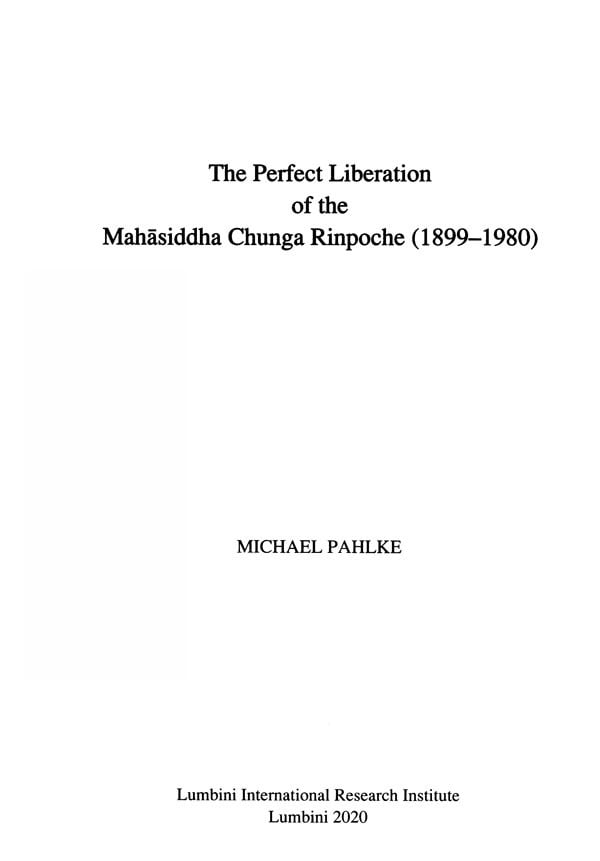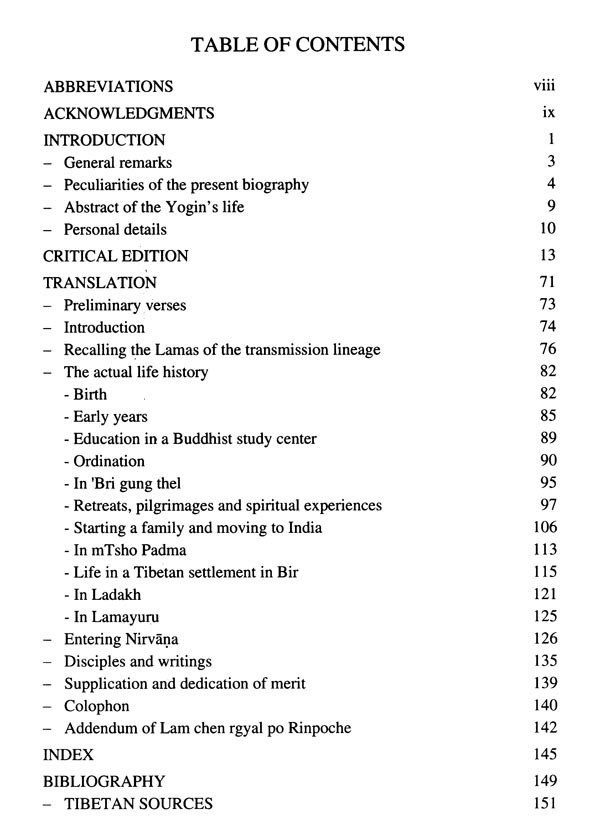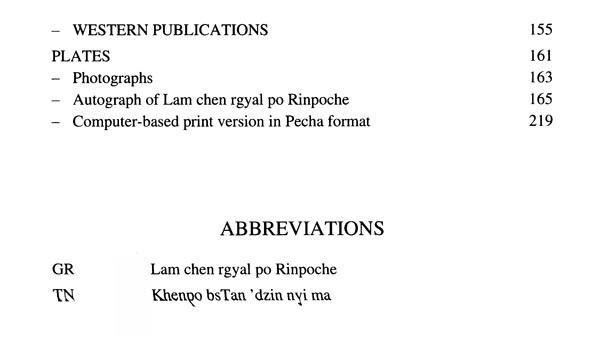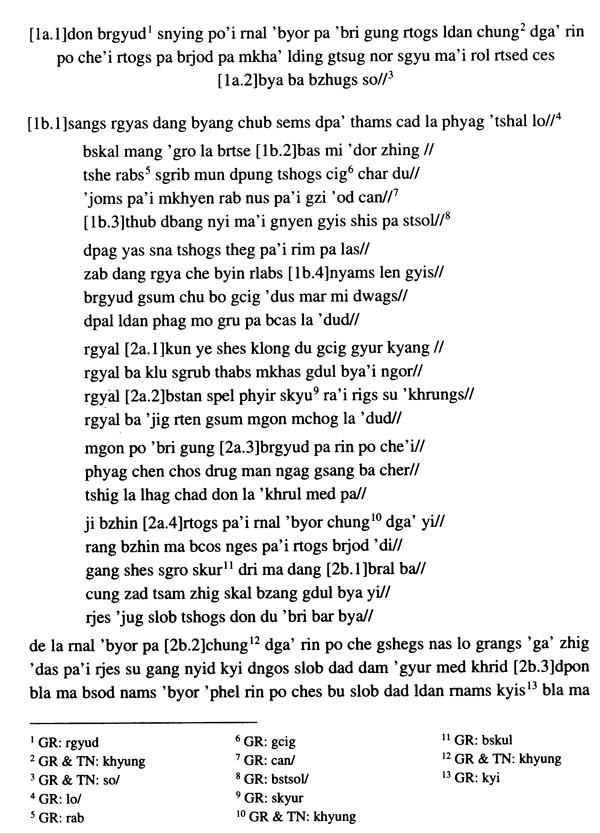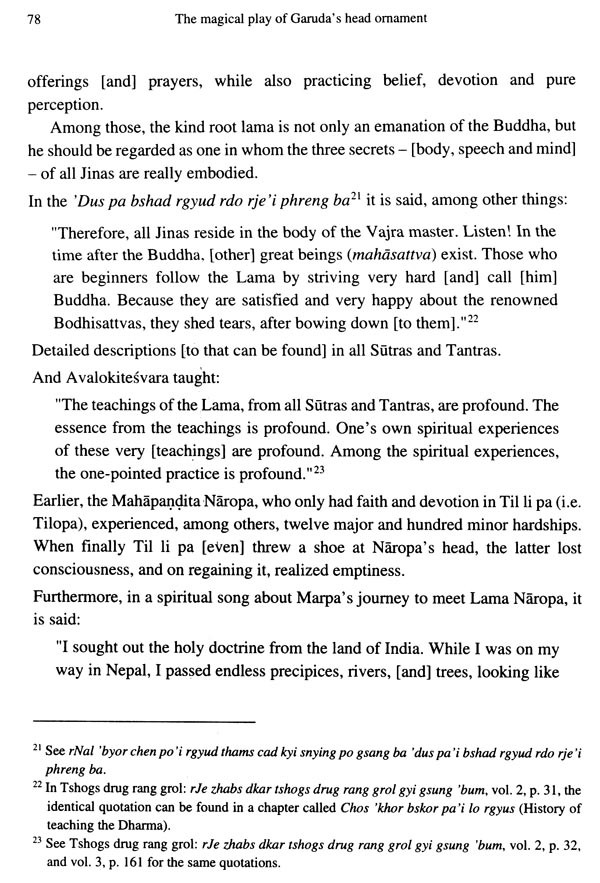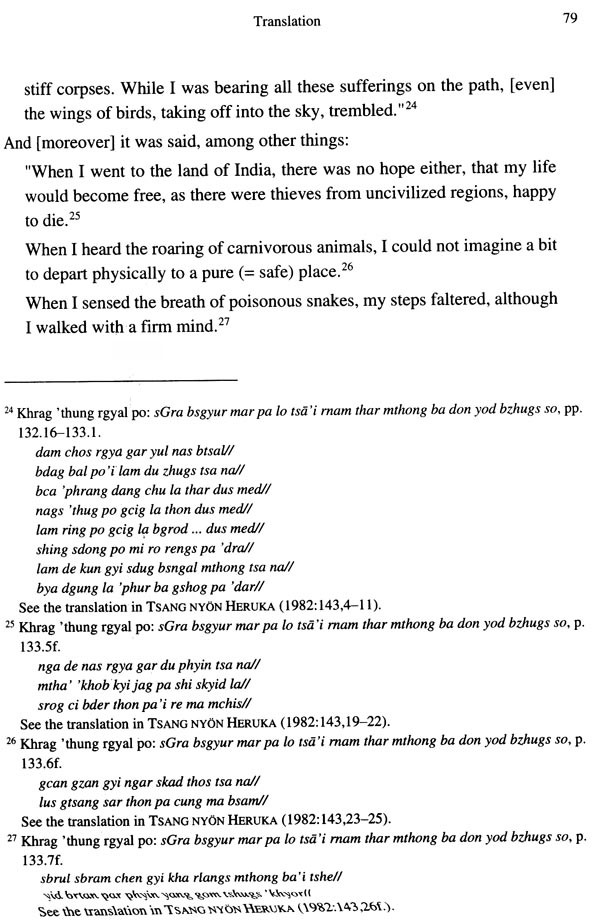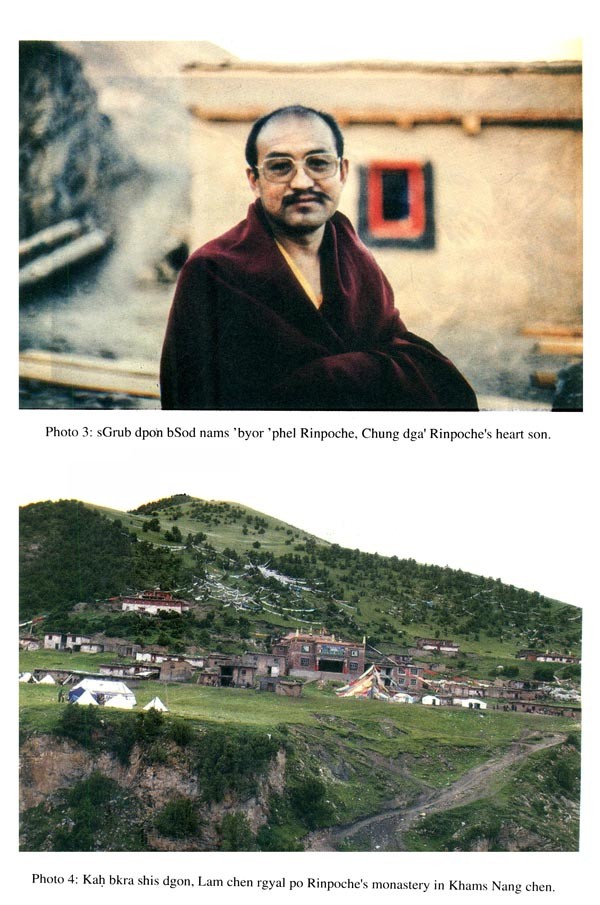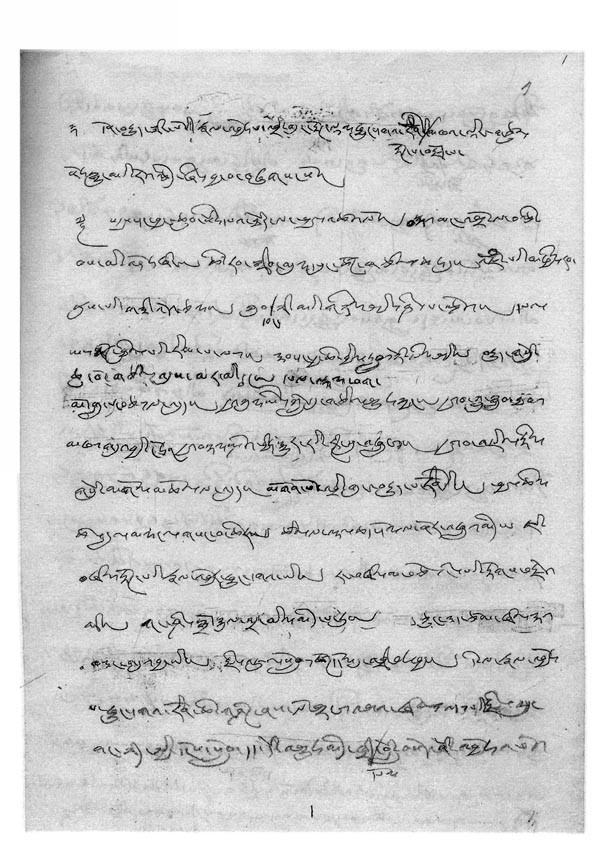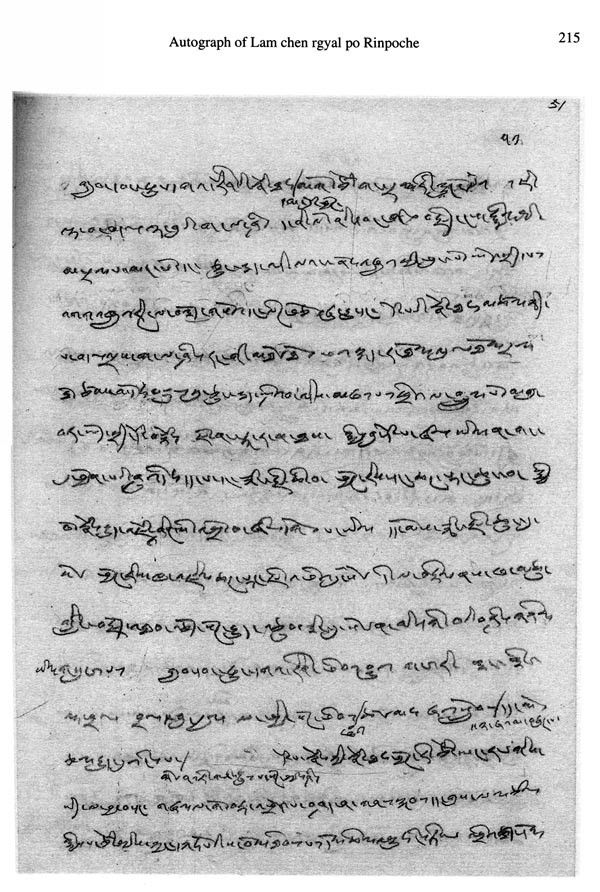
The Perfect Liberation Maddha Chunga Rinpoche (1899-1980)
Book Specification
| Item Code: | UAO410 |
| Author: | Michael Pahlke |
| Publisher: | Lumbini International Research Institute, Nepal |
| Language: | English |
| Edition: | 2020 |
| ISBN: | 9789937078771 |
| Pages: | 272 |
| Cover: | PAPERBACK |
| Other Details | 9.50 X 7.00 inch |
| Weight | 450 gm |
Book Description
For the adherents of the Secret Mantra-ordained ones as well as lay people -in Tibet and other countries where the traditions lived on, such biographies were not at all considered as sources of information about the secular living circumstances of particular persons, geographical areas, political systems or social values and standards. They were exclusively meant to create faith in the respective practitioner, her or his doctrinal tradition, or the Buddhist system at large. In addition, they were, accordingly, regarded as blueprints for serious disciples to strive for spiritual achievement.
The biographies of a multitude of Yogins, Panditas, Siddhas and other religious personalities were often written down by direct disciples of the masters in question, in the wake of their passing. One example for such an interaction between teacher and disciple that may serve is the life story of La phyi ba Nam mkha' rgyal mtshan (1372-1437)' and his close student Nam mkha' bsam grub rgyal mtshan (1408-1462). The latter, who spent many years with his Guru and, by that, had a first-hand experience of many events and developments in La phyi ba's life, put his master's biography down on paper just two years after his Parinirvana, at the very place where he spent more than thirty years in retreat.
On the other hand, there were numerous biographies composed tens, if not hundreds of years after the physical appearance of eminent masters from different traditions of Tibetan Buddhism. Here Milarepa, Tibet's most famous Yogin, who Different Buddhist traditions which developed in India already in the first millennium, and from there spread to Tibet and East-Asia, subsumed under the term Vajrayana, the Diamond Vehicle. 2Of course, this doesn't apply to religious geography.
**Contents and Sample Pages**
